There are few things I love more than a great cheese plate—especially if that plate is piled high with Spanish cheese. Spain may not be as famous as its northern neighbor in the cheese world, but that's definitely due to a lack of marketing and not a lack of spectacular cheese!
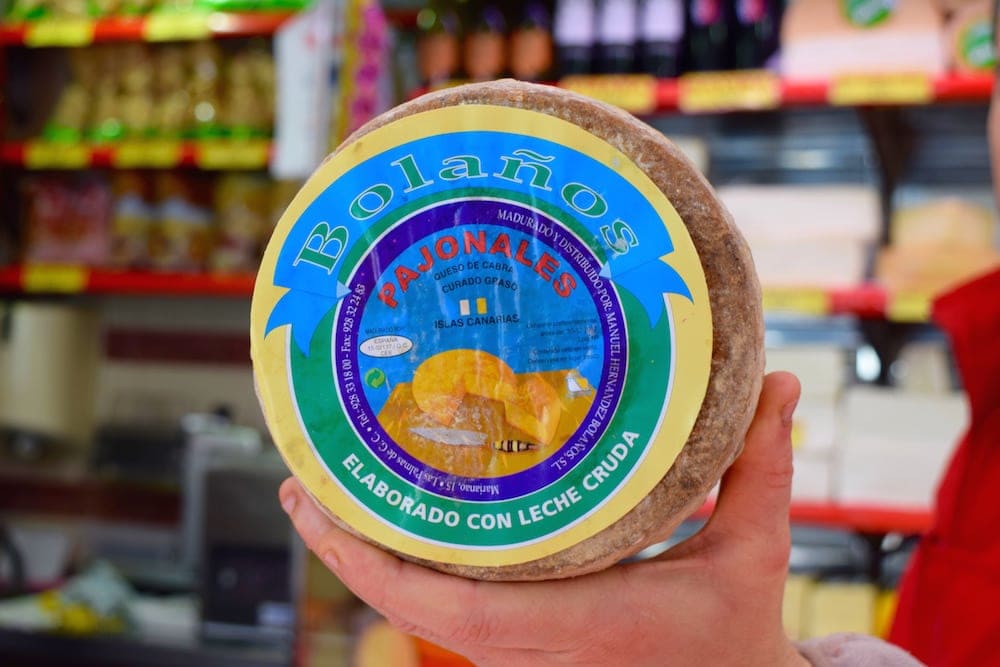
From the creamy raw cow's milk of Arzúa-Ulloa to the sharp aged blends of sheep's milk in cured Manchego, Spanish cheese runs the gamut of texture and taste. Here's an introduction to the top 20 Spanish cheeses to try!
A Short History of Spanish Cheese
Spanish cheesemaking traditions go back thousands of years. The smoked cheeses of Cantabria in northern Spain, for example, were traded in Rome during the first centuries of the modern era when Spain was under Roman rule.
By the 13th century, word of Spanish cheese had spread north to Britain, where traders hauled in heaps of Mahón cheese from the Balearic Island of Menorca.
Nowadays, over 30 quality-regulated cheesemaking regions weave across the country, from the blue cheese caves of northern Spain to the smoky grilled cheeses of the Canary Islands.
Many Spanish cheeses have Protected Designation of Origin (Denominación de Origen Protegida in Spanish, or DOP). This means every aspect of their production is regulated—from which hills the animals can graze on to how humid the curing room (or cave!) can be.
According to the Spanish Ministry of Agriculture, "Protected Designations of Origin (DOP) and Protected Geographical Indications (IGP) are the system used in our country for the recognition of differentiated quality, resulting from distinctive and inherent features, due to the geographical environment in which the raw materials are produced and the products are made, and the influence of the humans factor involved."
You can search the full database of Spanish DOP and IGP products to get more details about each one!
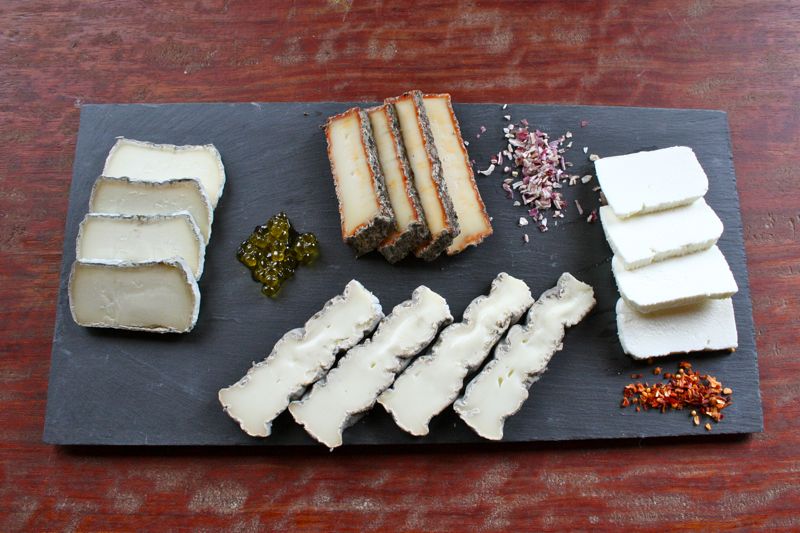
Types of Spanish Cheese – The Basics
Spanish cheeses can be divided into three main classes:
- Fresco: fresh cheese that hasn't been cured or aged
- Semicurado: semi-cured cheese that's been aged for 2–3 months
- Curado: cured cheese that's been cured for upwards of 4 months
As of 2022, over half of the almost 7.5 kilos of cheese consumed per capita in Spain was fresco or semicurado. But many of the country's most prized cheeses are the aged and intense quesos curados.
Of the 150+ different types of cheese made in Spain, these are the Spanish cheeses that I wish my fridge was never without.
1. Arzúa-Ulloa

Where it's from: This pale yellow cheese comes from Galicia in the northwestern corner of Spain. This rainy region is famous for its cattle, raised for both beef and cheese, which graze across its bright green hills. The particular cows that produce the milk for Arzúa-Ulloa graze along the banks of the Ulloa River near the town of La Coruña.
How it's made: The creamy soft Arzúa-Ulloa is produced using raw or pasteurized cow’s milk and is cured for a minimum of six days.
Why it's special: While Arzúa-Ulloa is not the most famous type of Galician cheese (that title goes to the provocatively shaped Tetilla cheese—see below), it is, in my opinion, the most delicious.
This cheese is fantastically creamy and rich. There are few more delicious desserts in the entire country than a thick piece of hearty village bread topped with a large slice of Arzúa-Ulloa cheese and a liberal layer of sweet membrillo (quince paste).
2. Cabrales
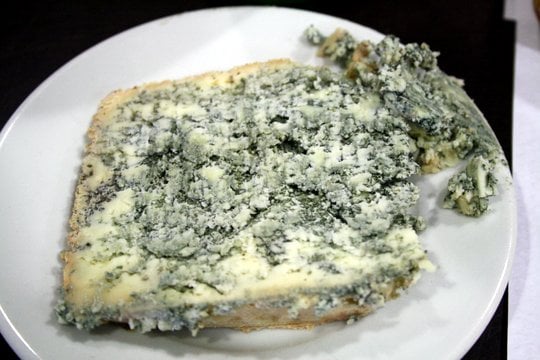
Where it's from: The northern region of Asturias, near the Bay of Biscay.
How it's made: The milk for this strong blue cheese comes from cows, goats, and sheep that have grazed solely in the Picos de Europa mountains.
Queso de Cabrales can be made with raw cow's milk alone, but the best and most traditional is mixed with raw goat's milk and sheep’s milk too. Once the cheese wheels are formed, they're cured for 2–4 months in humid mountain caves throughout the Picos de Europa.
Why it's special: The secret to Cabrales is in the caves. These mountainous cheese hideouts are oases of penicillin, a bluish-green mold that gives Cabrales its spicy kick. This strong cheese is unlike any other in the country—in fact, it was named the best cheese in Spain in 2013.
3. Manchego Curado
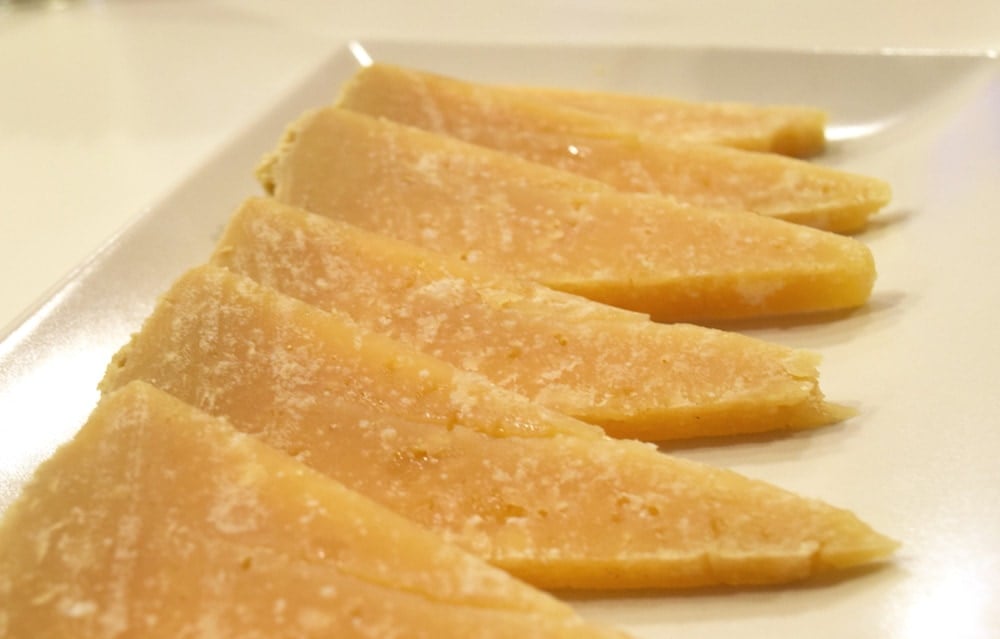
Where it's from: The arid plains of La Mancha that cover central Spain.
How it's made: Manchego cheese is produced, of course, by Manchego sheep. This local breed of sheep is found almost entirely in the central Spanish region of La Mancha.
After the cheese wheels are formed and pressed, they're soaked in salty water for a minimum of five hours and up to two days. The cheese is then aged for a minimum of 60 days and a maximum of two years.
Why it's special: It's believed that cheese similar to modern-day Manchego has been produced in this region from the same breed of sheep since the Bronze Age. Thousands of years later, Manchego has become the most famous Spanish cheese both at home and abroad.
Manchego varies massively in flavor and texture depending on how long it's been aged, from a salty and smooth semicurado to a crystallized and spicy curado. It's often served on its own in thin triangles, allowing the pure flavor of this storied cheese to shine.
4. Mahón
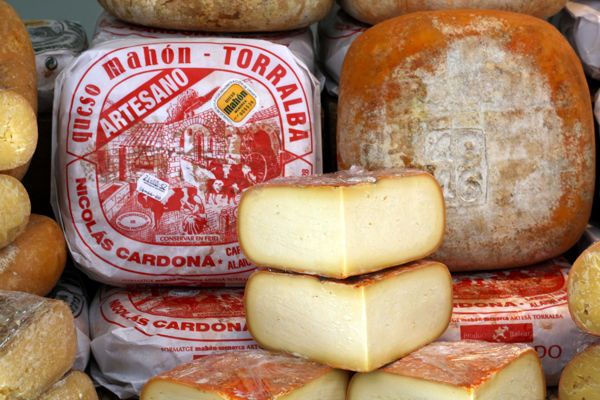
Where it's from: Menorca, the second-largest Balearic Island, located between the Valencian coast of Spain and the Italian island of Sardinia.
How it's made: Artisanal Mahón is made from raw cow's milk. The curd is shaped into a square using a special cotton cloth called a fogasser. Industrially produced Mahón is often pasteurized and formed into its classic square shape using industrial molds.
Mahón comes in three levels of maturation:
- Tierno: soft and buttery, cured for 21–60 days
- Semicurado: the most popular type with its characteristic orange crust, cured for 2–5 months
- Curado: the strongest and most intense type, cured for at least 8 months
Why it's special: Mahón is one of the only pure cow's milk cheeses made outside of northern Spain. The salty Mediterranean winds give it a very slight flavor of the sea. Mahón is extremely popular with Spanish chefs, who use it for everything from stuffing cannelloni to topping vegetables.
5. Herreño

Where it's from: El Hierro, the westernmost island in the Atlantic archipelago of the Canary Islands.
How it's made: Queso Herreño is made almost entirely of goat's milk with a dash of cow’s and sheep’s milk (about 15 percent combined). The wheels of cheese are smoked over the wood from fig trees and the trunks of prickly pear cactus.
Why it's special: Herreño puts all other grilled cheeses to shame. This soft cheese forms a heavenly crust when pressed into a hot griddle, leaving the center dreamily melty. After being liberally drizzled with local Canary Islands palm honey, it's positively addicting.
6. Torta del Casar
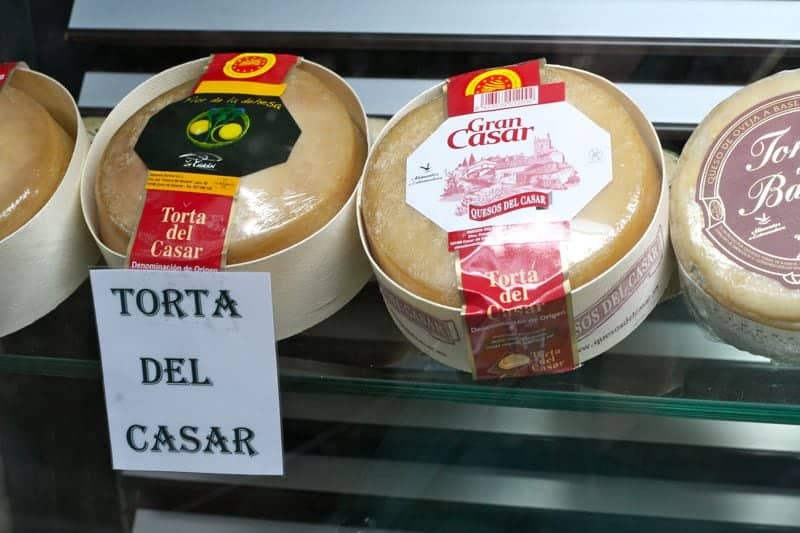
Where it's from: Cáceres, a UNESCO World Heritage city in the southwestern region of Extremadura, not far from the Portuguese border.
How it's made: Torta del Casar is produced from raw milk from Merino and Entrefino sheep. Curiously, the milk is curdled using the natural coagulants found in the purple thorny flowers of cardoon thistles. The cheese is cured for a minimum of two months.
Why it's special: The name says it all. "Casar" refers to Cáceres, the city where the cheese is made. "Torta" means "small cake," referring to the slumped cake-like shape of the cheese.
Its characteristic rounded edges are thanks to the thistle flowers, which are a very light coagulant and don't give the cheese a very firm rind. As the cheese ages the rind slumps and rounds under the weight of the creamy goodness within.
Torta del Casar, which was named one of the 24 best cheeses on the planet by Condé Nast Traveler, may be the most fun Spanish cheese to eat. Rather than slicing it into triangles, you cut the top rind off to create what looks like a pot of cheese. Spread it with a knife or dive straight in with a spoon!
7. Idiazabal
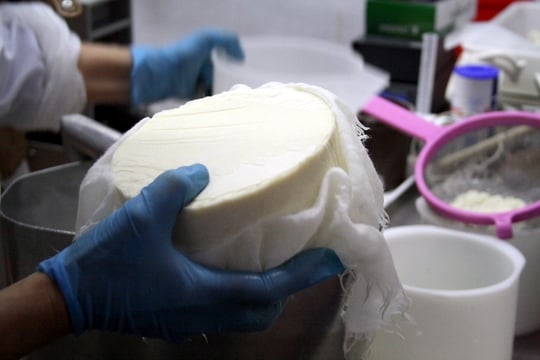
Where it's from: The northern provinces of Navarre and the Basque Country, just south of the French border.
How it's made: Queso Idiazabal is made from the raw, unpasteurized milk of Latxa and Carranzana sheep. It's cured for a minimum of two months and often between four and eight months. Most Idiazabal is lightly smoked, adding to its smooth, nutty flavor.
Why it's special: Idiazabal is one of those go-to cheeses. It doesn’t overpower a meal, nor does it need any accompaniments. I love to have it on hand to eat alone as a snack or, especially with Idiazabal curado, to grate over pasta or vegetables. Idiazabal also goes perfectly with a thick spreading of homemade membrillo, a sweet red quince paste.
8. Tetilla
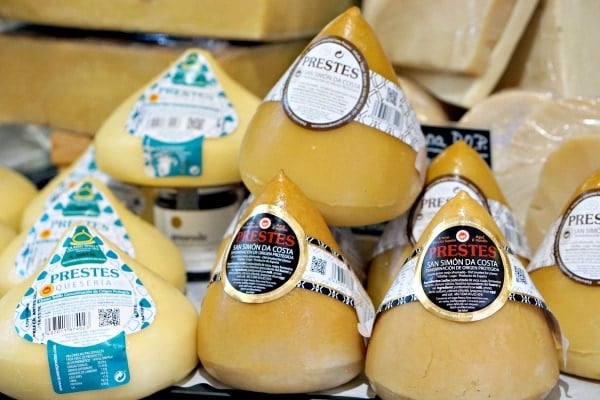
Where it's from: Galicia, in the northwestern corner of Spain.
How it's made: Tetilla cheese is made from the milk of specific types of cows (Friesian, Alpine Brown, and Rubia Gallega). It's aged for anywhere from 10 to 30 days, making it relatively soft and mild compared to some other Spanish cheeses.
Why it's special: This is the most famous Galician cheese, thanks in no small part to its name: tetilla means "teat" in Spanish. It's called this because the conical shape of the cheese resembles a breast! Tetilla is smooth and buttery—great for spreading on crackers or pairing with salty Spanish ham.
9. Murcia al Vino
Where it's from: The region of Murcia in southeastern Spain, located on the coast between Almería and Alicante.
How it's made: Murcia al Vino is made from unpasteurized goat's milk and is aged for a minimum of 30–40 days. It gets its name—and distinctive burgundy-colored rind—from the final step in the production process: after maturing, it's soaked in local red wine!
Why it's special: The dark red rind of this cheese hides a beautiful bright white center. It has a unique flavor since it's made only from the milk of local Murciana goats, and its high fat content makes it wonderfully creamy. But it's still firm enough to serve sliced, often alongside nuts or bread—and of course Spanish wine!
10. Ibérico
Where it's from: Like Manchego, queso Ibérico is made in the La Mancha region of central Spain, southeast of Madrid.
How it's made: Ibérico cheese is made from cow's milk, goat's milk, and sheep's milk. It must contain no more than 50% cow's milk, and no less than 15% goat's milk and 15% sheep's milk. The semicurado varieties are aged from 1–3 months, and the curado varieties are aged from 3–6 months.
Why it's special: As its somewhat generic name may suggest, this is one of the most popular cheeses in Spain! It's very similar in appearance and taste to Manchego, with the main difference being that Manchego only contains sheep's milk. Queso Ibérico is oily, nutty, and totally delicious.
11. Majorero

Where it's from: Fuerteventura, one of the Canary Islands.
How it's made: Majorero cheese is made from the milk of Majorera goats raised on Fuerteventura. It can be aged for anywhere from 8 days to 60+ days, and the flavor varies accordingly (the less time it's aged, the milder the taste).
Why it's special: Majorero cheese is a symbol of Fuerteventura. It's often rubbed with oil, paprika, or gofio (a typical Canarian flour made from toasted grains like wheat and corn). It can be enjoyed as a snack, for dessert, or grilled (similar to Herreño).
12. Roncal
Where it's from: The Roncal Valley of Navarre in northern Spain, bordering Aragon and France.
How it's made: Roncal cheese is made from raw sheep's milk, specifically from Latxa and Rasa sheep. It's aged for at least six months, and can be recognized by the gray mold on its rind.
Why it's special: This was the first Spanish cheese to be granted DOP status back in 1981! It has a strong and unmistakable flavor, with notes of nuts and olives.
13. Queso de L'Alt Urgell & La Cerdanya
Where it's from: The comarcas of L'Alt Urgell and La Cerdanya in the Catalonian Pyrenees in northeast Spain.
How it's made: Queso de L'Alt Urgell y La Cerdanya is made from pasteurized milk from Friesian cows. It's ripened in highly humid caves for at least 45 days, and sprayed with a culture that gives it a distinctive scent.
Why it's special: Its name may be a mouthful, but this Catalonian cheese is definitely worth seeking out. It has a light brown rind and a slightly soft texture. You might also find it labeled as "Urgèlia," which is a brand name created by the Cadí Cooperative that produces it.
14. La Serena
Where it's from: The comarca of La Serena in Extremadura, near Badajoz.
How it's made: La Serena cheese is made from the milk of Merino sheep and the same coagulant used in Torta del Casar. It's aged for a minimum of 60 days.
Why it's special: There are two types: the younger version is called Torta de La Serena and is creamy and scoopable. This version is very similar to Torta del Casar, but it has a milder flavor since it's made with only Merino sheep's milk and less coagulant. If the cheese is aged for longer it becomes hard, and is called Queso de La Serena.
15. Flor de Guía
Where it's from: Gran Canaria in the Canary Islands, and more specifically Santa María de Guía on the northern side of the island.
How it's made: Flor de Guía cheese is made mostly from sheep's milk (at least 60%) with cow's milk (less than 40%) and sometimes goat's milk (less than 10%). It's curdled using cardoon flowers, similar to Torta del Casar and La Serena.
Why it's special: This cheese takes the form of a flattened cylinder, and is sometimes decorated with a flower pattern. Its flavor depends on the proportion of different kinds of milk and how long it's aged for. It's very representative of Gran Canaria and is often used in local dishes.
16. Palmero
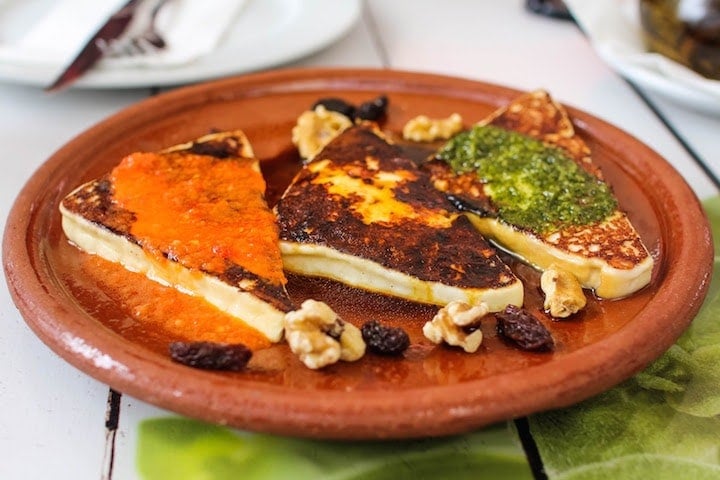
Where it's from: The small island of La Palma in the Canary Islands.
How it's made: Palmero cheese is made from unpasteurized milk from goats that graze freely on small farms. It's salted with sea salt and can either be fresh or smoked. Like Majorero cheese, it's often rubbed with olive oil or gofio.
Why it's special: The signature cheese of La Palma reflects its origins in multiple ways. Not only is it made from local goats' milk, but it's also sometimes smoked using local ingredients like almond shells and cactus! It goes great with mojo, an iconic Canarian sauce that comes in both red (mojo picón) and green (mojo verde) versions.
17. Zamorano
Where it's from: The province of Zamora in Castile and León, in northwestern Spain.
How it's made: Queso Zamorano is made from the milk of local sheep and aged in cellars for around six months. The climate of Zamora is very cold and humid, which gives the cheese a unique flavor. It's salty, nutty, and similar in appearance to Manchego.
Why it's special: This cheese has been made in Zamora for centuries! There are tons of references to the region's cheesemaking tradition in historical texts, and there's archeological evidence of its production dating all the way back to the Bronze Age.
18. Queso Nata de Cantabria
Where it's from: The region of Cantabria on the northern coast of Spain.
How it's made: Queso Nata de Cantabria is made from the milk of Friesian cows and aged for at least seven days. During aging, the wheels of cheese are regularly rotated and cleaned.
Why it's special: Unlike other Spanish cheeses that use vegetable rennet, Nata de Cantabria is coagulated with an animal enzyme that comes from baby cows. It's a super buttery and delicious cheese!
19. Garrotxa
Where it's from: The comarca of Garrotxa in Girona, Catalonia.
How it's made: Garrotxa cheese is made from goat's milk and matured in caves, which causes it to develop a blue-gray moldy rind. It's usually aged for 4–8 weeks, and wheels of Garrotxa tend to be relatively small.
Why it's special: This cheese almost disappeared from the map entirely, but local farmers and young cheesemakers made an effort to revive it in the early 1980s. Thank goodness they did, as it's an exceptionally yummy and unique goat's cheese!
20. Mató
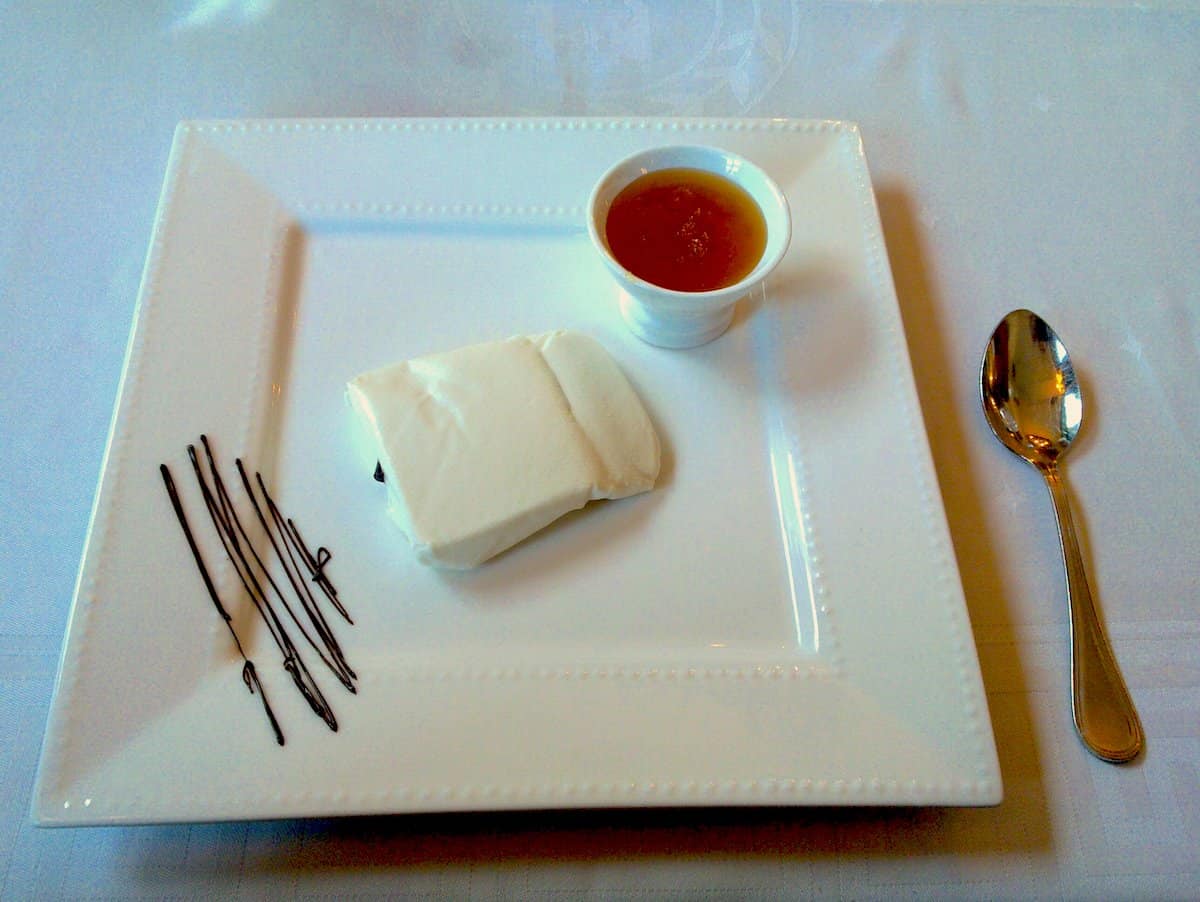
Where it's from: Catalonia in northeastern Spain.
How it's made: This is a fresh cheese made from either sheep's milk or goat's milk. It's made by adding a coagulant to boiled milk and then filtering it. No salt is added during the process.
Why it's special: Because it's not salty, mató is often eaten for dessert! There's a very common dessert in Catalan cuisine called mel i mató, which consists of mató cheese drizzled with honey—simple and satisfying!
Spanish Cheese FAQs
Definitely Manchego! This cured sheep's milk cheese from La Mancha is known and loved around the world—and for good reason. It's a super flavorful and addictive cheese that pairs well with many other elements of Spanish cuisine.
More than 150 different types of cheese are produced in Spain; 26 of them have DOP (Protected Designation of Origin) status, and 3 have IGP (Protected Geographical Indication) status. Spanish cheeses come in all sizes, shapes, styles, and flavors!
These two cheeses look similar and come from the same region, but while Manchego is made from sheep's milk, Ibérico is made from a blend of sheep's, cow's, and goat's milk. And although Manchego is the most famous Spanish cheese, Ibérico may be just as popular!
That depends on which cheese you're talking about! In general, Spanish cheese is special because it has a long history that's closely tied to the region where it's produced. Each type of Spanish cheese has its own production methods, traditions, flavor, texture, appearance, and common uses in the local cuisine.
Hungry for more? Sign up for my free weekly newsletter and receive a new Spanish recipe once a week! Join today and get my FREE Spanish ingredient essentials guide!



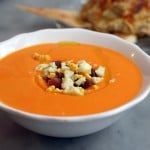
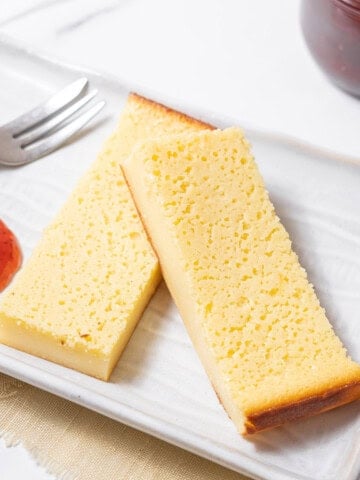
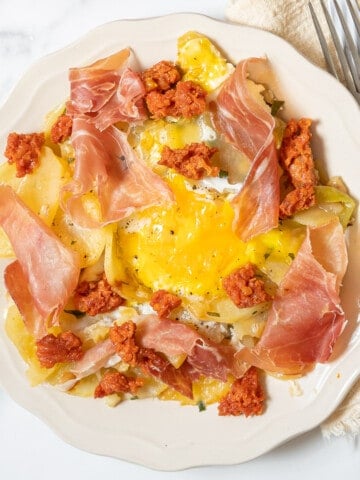

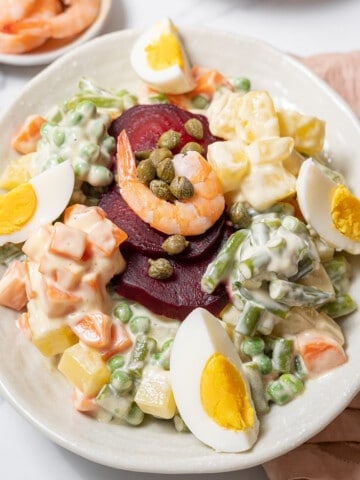
viralTecho
I'm a cheese lover, so I'm excited to try some of these!
Nathalie
I think it might be provolone cheese? I saw the combination with the jamon serrano and provolone a few times.
Bhawna Saini
All this cheese is making my mouth water. Wish I had participated in a cheese tasting on my travel in Spain! Well something for next time then!
Judy
I'm not sure. I had a ham and cheese sandwich there with ibereco ham and a white cheese. OMG it was the best ham and cheese sandwich bon the planet. However I didn't get the name of the cheese. Anyone ever go to Madrid and have an orgasmic ham and cheese and know what cheese it was?
Johnny C
I used to buy a Spanish cheese called San Mateus. it was quie soft and very pungent, beautiful. Sadly the place that stocked it close down and I've not been able to find it since.
Grahamcogan
I've just moved to Orihuela Costa and love my cheese...What the closest one to a mature cheddar...Cheers...Graham...
João Perdomo
Absolutely love all these amazing cheeses. Herreño is one of my very favorite. Its from El Hierro which is just a few hours away from La Perdoma where my family originates from. It is such a delicious cheese. My mom would grill it and serve it with some sliced grilled peppers, olives and bread. Oh so so good!!
Christian Lowery
Really great article!!! I just included a link to it in my recent blog post about eating as the Spaniards do so I hope that's alright! 🙂 please check it out at beentherebunthat.com
Valerie
My husband and I are moveing to southern Spain and we love mature cheddar cheese and we love a cheese board with fruit .. Is there any strong flavoured cheese that's made in Spain ?..
Lauren Aloise
There are so many types! An aged manchego may be a good starting point. But go to your local cheese shop and taste away!
Dianne B
Hi Amy,
My 10 year old son and I have moved near Malaga, from the much cooler temps of western Washington state. I was just at the local grocery store this morning, pondering over the cheese case...at a loss as to what to pick...so yes, I went for the one that says something like "lonchas" which is basically the sliced cheese for sandwiches that a 10 year old might like (though apparently it has a French aspect that might make it more sophisticated, according to the package). Anyway, have you any insight into the Spanish foods that are particularly suited to kids? Or, are they generally eating what the adults are eating? We have tried bocadillas of various types, calamari, and my son is sort of adventurous...but what is the food life of a Spanish child like?? Could you give us some insight into that? ---and I can imagine the Andalucia region has its own favorites...and my son is open to trying all the sausages, no matter if they have the white powder on the outside, a string or any other "unusual" characteristics! Also, what about the 'rumor' that no ovens are typically in homes! ls that regional, climate-driven, economics at work? Thanks so much for your blog. Db
Lauren Aloise
Hi Dianne! You should check out Lisa's website Family Life in Spain (http://familylifeinspain.com/) for lots of great info. I don't have kids so can't speak from firsthand experience, but my nieces and nephews eat mainly what everyone else does. Including sucking on shrimp heads sometimes! Overall I think children here eat quite well-- much less processed food and junk food (in general) than in the US. When I used to teach English the school cafeterias would often serve grilled fish with veggies for lunch for the kids, and fruit and yogurt are common desserts. Nowadays ovens can be found in most decent rentals, though especially in Andalusia there are still lots of places without! Definitely related to climate-- imagine turning on the oven at 45°C with no AC! Best of luck!
Dianne B
Hi Lauren, thanks for the reply. I can see that the kids do get more of an occasion to eat fish & veggies, and it does seem that parents are equally lined up at fish counters and meat counters at the stores. I will have to get more used to cooking fresh fish, etc., than I am now. Winter does seem like a better time for using an oven, though we recently were in a shop that sold a pizza "oven" that looked like a electric waffle iron (without the waffled surfaces) --- my son that was a great thing to buy...but we will wait until we get the apt until we make any of those kinds of plans! Also saw a variety of small portable ovens at that store, along with all the other electrical gadgets...so there must be some interest in the portable devices to supplement the cooking of oven-type foods...but definitely things for winter!! And on the way past that store we did come across the little store that roasted chickens on spits---maybe called a asadodera? or something along those lines...and that seemed like the better idea, going to a place to get things already roasted/baked!!
Trevor Huxham
Arzúa cheese + membrillo = the perfect dessert…take me back!!!
Katharina @ Kate goes Global
Mmmm... Queso Manchego curado is one of my favourite ones. Have you tried some of the cheese made in the Canary Islands? One of the best known ones is the queso curado de cabra - which then can be covered in all kinds of herbs / pimentón etc. If you haven't tried it yet, I really recommend it!
Lauren Aloise
Yes-- I tried some when there! So good! We did a cheese tasting on Fuerteventura!
Care ex ex
Looking for Paramo de Guzman queso
Adam
Manchego curado is a favourite of mine too, but I think I improve on it by cold smoking blocks of it for four hours using apple wood or cherry wood.